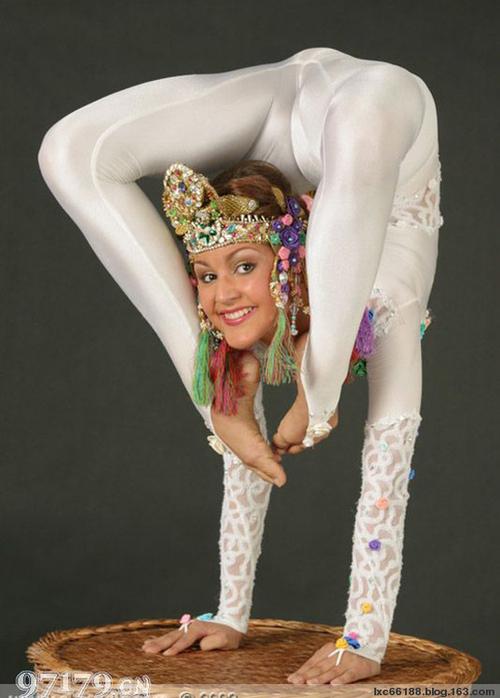Sports have always been an integral part of human civilization, combining physical prowess, strategic thinking, and aesthetic appeal. The aesthetics of sports refers to the beauty, harmony, and form found in athletic movements, performances, and competitions. This interdisciplinary field of study explores the artistic, cultural, and philosophical dimensions of sports, shedding light on the deeper meanings and values that underlie athletic activities.
Physical movements in sports can be seen as a form of expression, where athletes demonstrate their skills, grace, and agility. Whether it's the fluidity of a diver's dive, the precision of a gymnast's routine, or the power of a sprinter's stride, each movement carries its own aesthetic value.
Sports events are often characterized by their spectacle and grandeur. From the architecture of stadiums to the choreography of halftime shows, every aspect of a sports event is designed to create a visually appealing experience for the audience.
Competition in sports is not just about winning or losing; it is also about the narrative arc, the tension, and the emotional highs and lows that come with it. Rivalries between teams or athletes add a dramatic element to sports, turning them into compelling stories of triumph and defeat.

Philosophers have long pondered the nature of beauty, aesthetics, and art. Applying philosophical theories to sports can help us understand the role of aesthetics in athletic performances and the significance of sports in human life.
The aesthetics of sports are deeply intertwined with cultural values, traditions, and beliefs. By examining sports from a cultural perspective, researchers can uncover the meanings and symbolism embedded in different athletic practices.
Utilizing tools from visual and performance studies, researchers can analyze the visual elements, gestures, and body movements in sports performances. This approach sheds light on how athletes communicate, express themselves, and engage with their audience through their physical actions.
Studying the aesthetics of sports can have farreaching implications for various fields, including art, philosophy, psychology, and sports management. By deepening our understanding of the beauty and artistic value of sports, we can enhance the athletic experience for both athletes and spectators, promote cultural exchange and dialogue, and inspire future generations of sports enthusiasts.
Ultimately, the aesthetics of sports remind us that athleticism is not just about competition or physical prowess; it is also about creativity, expression, and the pursuit of excellence. By embracing the aesthetic dimensions of sports, we can appreciate the artistry and beauty inherent in athletic performances, enriching our lives and expanding our horizons.